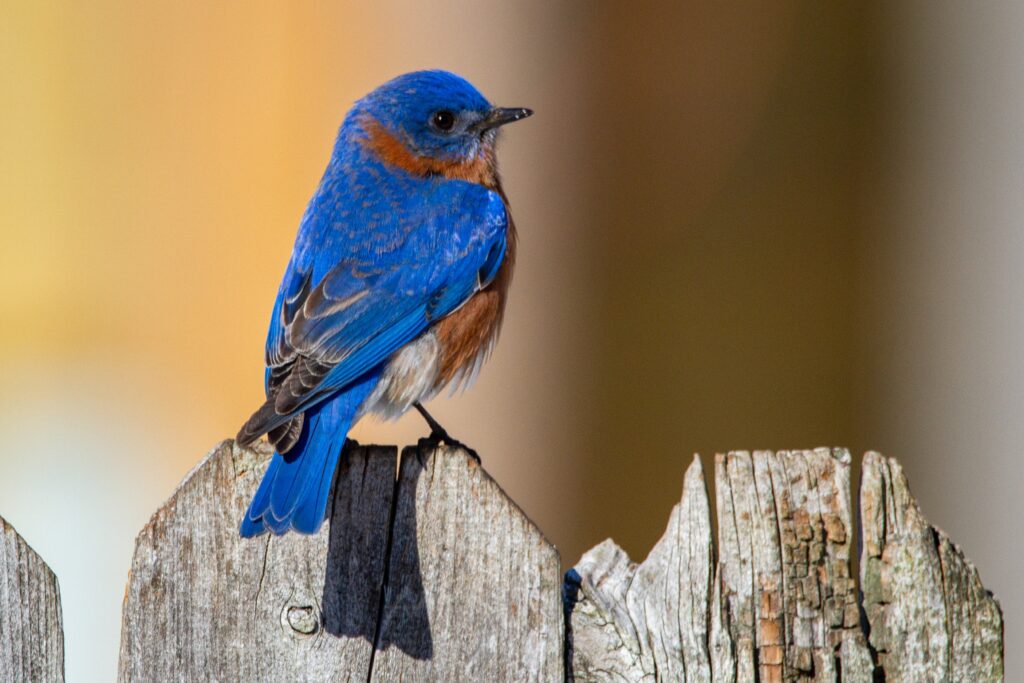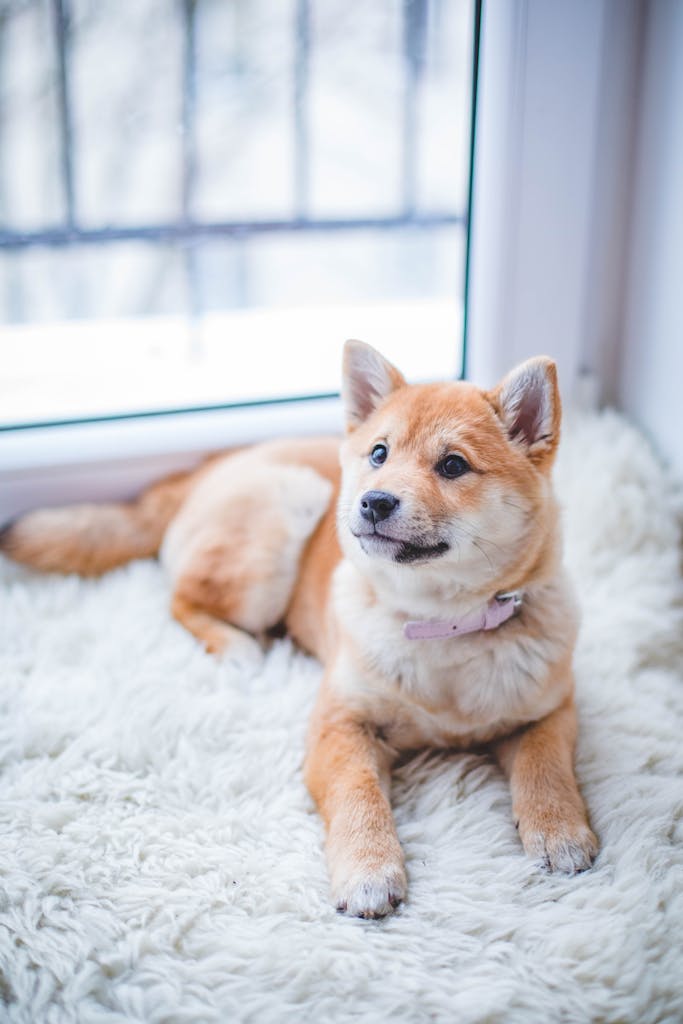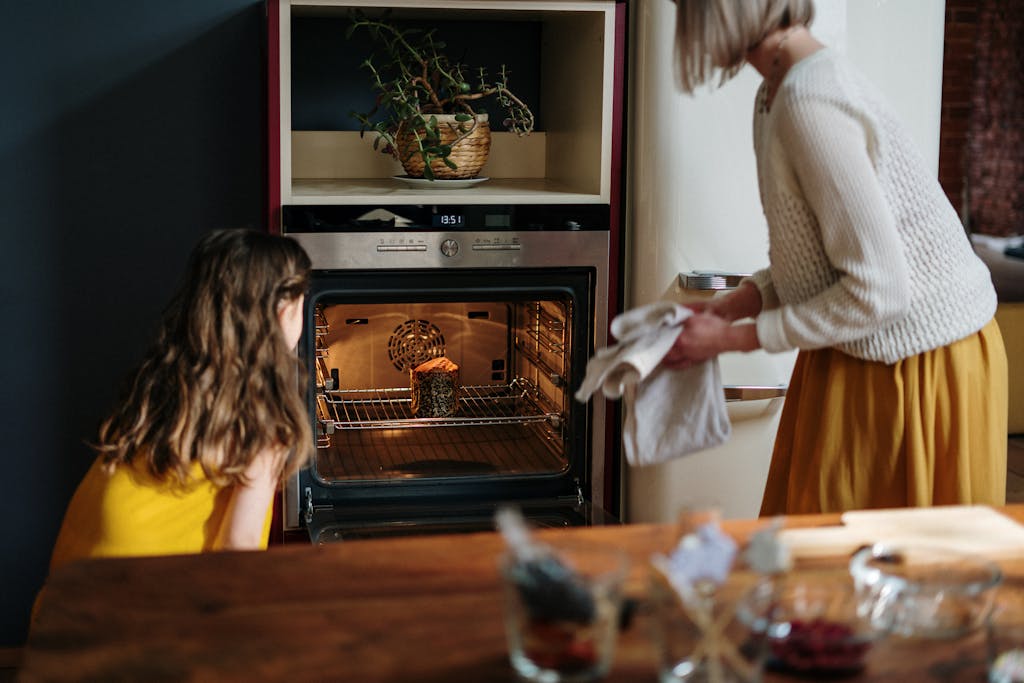Creating A Bird-Friendly Garden: Tips For Attracting Colorful Visitors
The natural beauty and song of birds can bring joy and tranquility to any garden.
Welcoming these colorful visitors not only enhances your garden’s aesthetic appeal but also contributes to the preservation of local bird populations.

Photo by Joshua J. Cotten on Unsplash
This guide will provide tips on how to create a bird-friendly garden, with a special emphasis on attracting bluebirds.
We’ll delve into specifics on the bluebird diet, providing shelter, and creating an appealing habitat for these attractive creatures.
Attracting Bluebirds To Your Garden
Attracting bluebirds can be a rewarding endeavor, as these birds are known for their vibrant colors and beautiful songs.
However, getting them to visit and stay in your garden requires understanding their needs and preferences. These comprise of three main factors: their diet, shelter, and habitat.
Bluebird Diet
Bluebirds, in particular, have a diet that primarily consists of insects and small fruits.
When attracting these birds, it’s important to ensure that your garden can provide a steady supply of these food sources.
During the spring and summer months, bluebirds primarily eat insects, such as beetles, caterpillars, crickets, and spiders.
While you might be tempted to get rid of these ‘pests’, maintaining a certain level of insect population in your garden is essential for attracting insectivorous birds.
Avoid using pesticides that may harm these insects or indirectly poison the birds.
Bluebirds also enjoy small fruits, such as berries. Planting berry-producing shrubs and trees, like holly, dogwood, and serviceberry, can provide a valuable food source, particularly in late summer and fall.
This can help attract bluebirds year-round and support them during times when insects are less abundant.
Bluebird Shelter
Besides their diet, bluebirds also need a place to nest and take refuge from predators.
Natural cavities in trees serve as the ideal shelter for these birds. However, such features are often scarce in modern gardens and landscapes.
To attract bluebirds, consider installing birdhouses or nesting boxes specifically designed for them.
These structures should have a small entrance to prevent larger, predatory birds from entering.
They should be placed at least five feet above the ground, preferably near a tree or bush, to provide protection and easy access to food.
Cleaning the birdhouses once a year can increase their chances of being used. Keep in mind that bluebirds are territorial, so birdhouses should be placed at least 100 yards apart.
Bluebird Habitat
Bluebirds typically favor open areas with sparse ground cover, where they can easily spot and catch insects.
They also need perches for resting and observing their surroundings. Dead trees or tall shrubs can serve this purpose.
Adding a water source, like a birdbath or pond, can further enhance your garden’s appeal to bluebirds.
They use these features not only for drinking but also for bathing and preening their feathers. Be sure to keep the water fresh and clean to prevent the spread of diseases.
Encouraging Diversity
While bluebirds might be your primary goal, creating a bird-friendly garden often involves inviting a variety of species.
This contributes to a healthier and more balanced ecosystem, as different bird species fulfill different roles in controlling pests and distributing seeds.
Selecting Native Plants
Native plants are often the best choice for any bird-friendly garden. They are adapted to your region’s soil, climate, and local wildlife, including birds.
These plants typically require less maintenance and watering than non-native species and are more likely to attract a wide array of bird species.
When selecting native plants, consider their different features and how they can benefit birds.
For example, plants with dense foliage can provide excellent shelter, while those with large flowers or seed heads can offer food.
Providing Nesting Materials
Birds build their nests using a variety of materials, such as twigs, leaves, feathers, and moss. You can assist by leaving some of these materials in your garden.
Consider creating a ‘nesting material station’ where you place these items in a safe and accessible location.
Be cautious, however, to avoid materials that could be harmful. Avoid offering plastic, which birds could ingest or get tangled in.
Also, resist the urge to offer dryer lint, as it can retain water and chill the birds.
Creating Safe Spaces
Birds need to feel safe in your garden to make it their home. Minimizing threats like predatory pets, harsh weather, and human interference can make your garden more bird-friendly.
Keep cats indoors or supervised, as they are known to be a significant threat to birds.
Use bird-friendly window treatments to prevent birds from colliding with glass. Also, avoid pruning trees and shrubs during nesting season to prevent disturbing or destroying bird nests.
Preserving The Bird-Friendly Garden
Your bird-friendly garden should not only attract birds but also encourage them to stay.
This involves ongoing maintenance and monitoring to ensure the garden remains a suitable habitat for birds.
Regular Garden Maintenance
Regular maintenance is crucial to keep your garden attractive and safe for birds.
This includes tasks like watering plants, removing dead vegetation, cleaning birdhouses, and refilling bird baths.
While maintaining your garden, be cautious about the use of chemicals. Opt for organic and bird-safe alternatives whenever possible.
Seasonal Adjustments
Birds’ needs vary with the seasons. In spring and summer, they need plenty of insects and nesting sites.
In fall and winter, they require more seeds and safe places to roost. Adjust your garden accordingly to cater to these seasonal needs.
Community Involvement
Sharing your experiences and learning from others can be very beneficial.
Join local birdwatching or gardening groups, participate in bird counts, and collaborate with your community to promote bird-friendly practices.
Closing Remarks
In conclusion, creating a bird-friendly garden is a rewarding endeavor that not only beautifies your garden but also contributes to local wildlife conservation.
With thoughtful planning and a little effort, your garden can become a sanctuary for bluebirds and a multitude of other colorful visitors.






